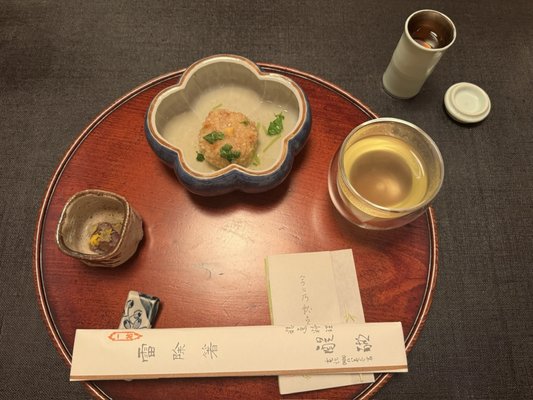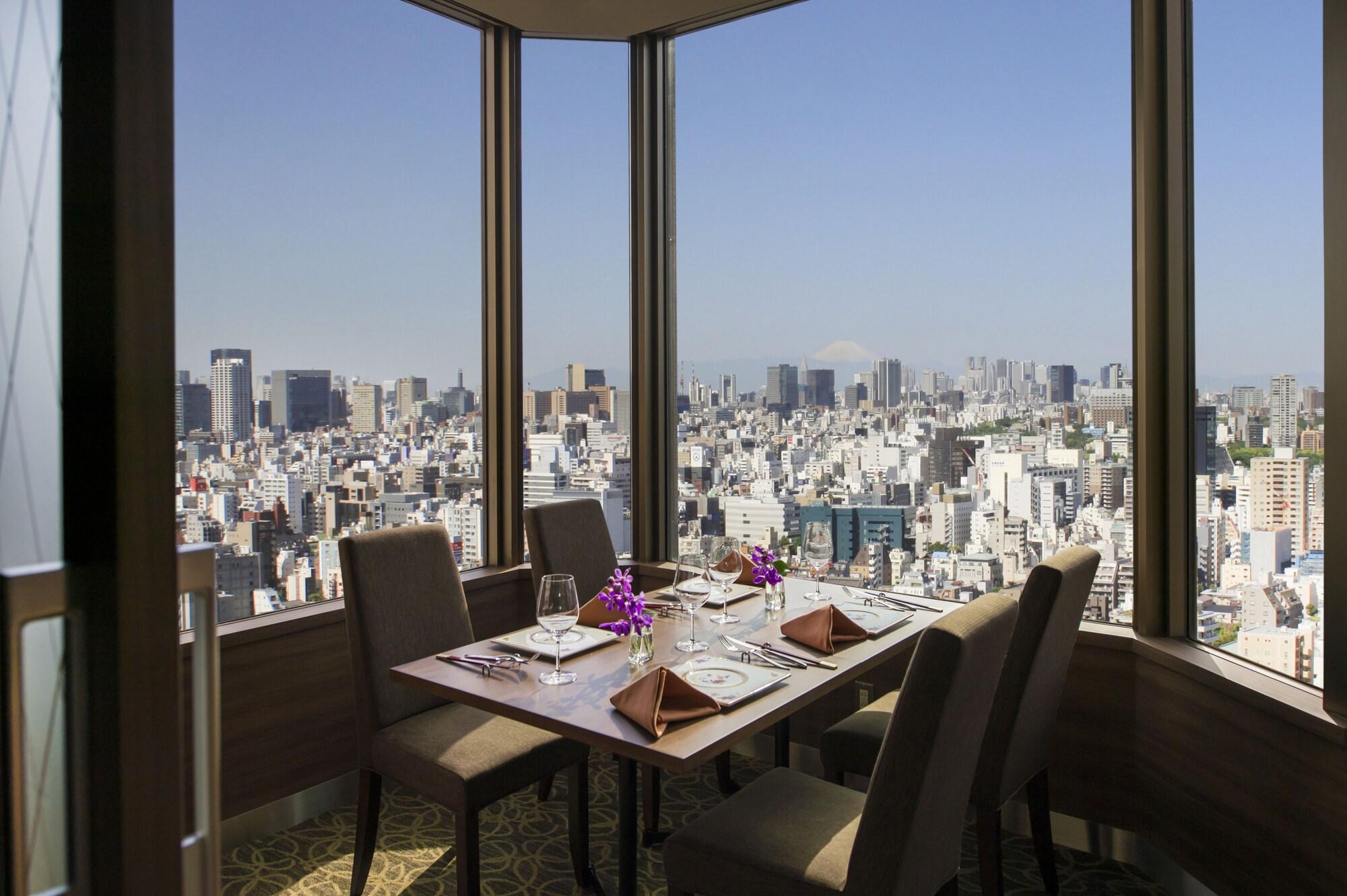

3
Daigo
Daigo

The Inspectors Reveal All on Daigo, One MICHELIN Star Restaurant Specializing in Shojin Ryori
"Reached via the Atago neighborhood of Tokyo’s Minato Ward, I climbed the winding stone steps by Seishoji Temple’s gate until the sign came into view, and inside a kimono-clad waitress led me to a serene room opening onto an elegant garden where a cool breeze drifted through sukiya-style architecture, tatami, and hanging scrolls. Named by a head priest when first established within Seishoji’s grounds, this One MICHELIN Star shojin ryori restaurant embodies the Buddhist “Three Minds”—a great mind, a joyful mind, and an elder’s mind—pairing tradition with unbound creativity; despite shojin ryori’s vegetarian roots, many dishes use bonito-flake broth in the belief that deliciousness is central to hospitality. “Lightning protection” chopsticks carved from lucky Japanese yew from Hida are offered as a keepsake, and their wrappers print the Gokan no Ge, five Zen reflections that frame the meal with gratitude. Seasonality and symbolism shape the menu: Shikisai Kyuro Yose, a Boy’s Day dish named to avoid the unlucky sound of “kurou,” appeared as a spring-hued soup contrasting taro’s sweetness with flavorful rice crackers; a local tororo soba arrived in beautifully handmade lacquerware with mustard, dried seaweed, and spring onion; a festive hassun tray evoked the holiday with lotus root fashioned into a bow and arrow dressed in sesame sauce, daikon wrapped in deep-fried bean curd, rice dumplings hiding wheat gluten, tezuna handrope sushi bright with carrots, cucumber, and shiitake, and color from simmered green soybeans; yuba “Toji” highlighted the sweetness of soybeans with highly nutritious ingredients and fine quality; and another local specialty used bonito broth alongside pickles of sour Japanese plums and miso-marinated, savory burdock. In just a few hours I felt drawn closer to Japanese culture—the seasons, festivals, manners, and art woven through the room, the service, and the cuisine—an immersive reminder to pause, give thanks, and savor this refined expression of shojin ryori." - The MICHELIN Guide





































